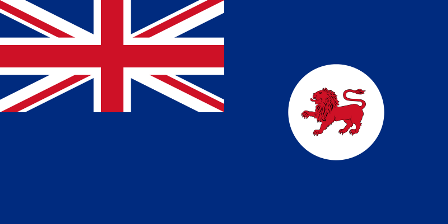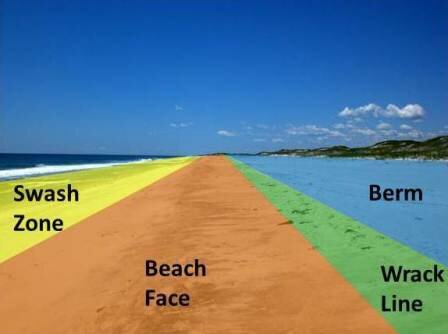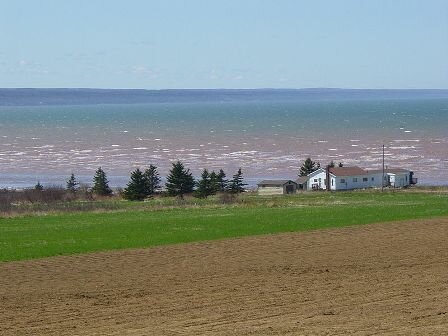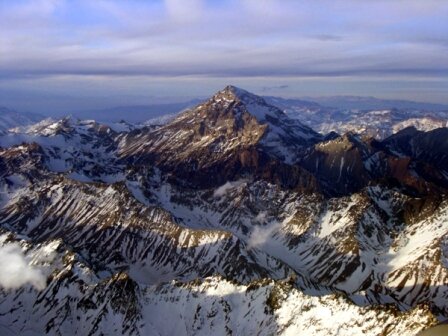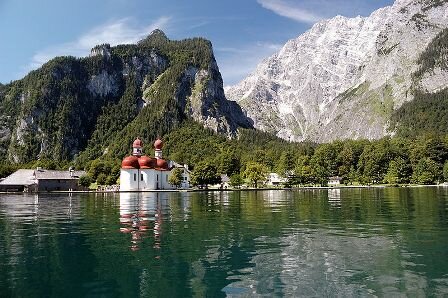One of these following facts about Tasmania might give you much information if you want to there once. Tasmania is an island state, part of the Commonwealth of Australia. It is located 240 kilometers to the south of the Australian content, separated by Bass Strait. The state include the island of Tasmania, the 26th largest island in the world, and the surrounding 334 island. Tasmania’s area is 68,401 square kilometres (26,410 sq mi), of which the main island covers 64,519 square kilometres (24,911 sq mi).Tasmania is promoted as the natural state, “A World Apart, Not A World Away”, owing to its large and relatively unspoiled natural environment. Almost 45% of Tasmania lies in reserves, national parks and World Heritage Sites. To get to know more about it, here are some facts about Tasmania you might be interested in.
Facts about Tasmania 1: Etymology
The state is named after Dutch explorer Abel Tasman, who made the first reported European sighting of the island on 24 November 1642. Tasman named the island “Anthony van Diemen’s Land” after his sponsor Anthony van Diemen, the Governor of the Dutch East Indies. The name was later shortened to Van Diemen’s Land by the British. It was officially renamed Tasmania in honor of its first European discoverer on 1 January 1856.
Facts about Tasmania 2: Prehistory
The island was adjoined to the mainland of Australia until the end of the last glacial period about 10,000 years ago. Much of the island is composed of Jurassic dolerite intrusions (upwellings of magma) through other rock types, sometimes forming large columnar joints. Tasmania has the world’s largest areas of dolerite, with many distinctive mountains and cliffs formed from this rock type.
Facts about Tasmania 3: Indigenous People
Tasmania was first inhabited by the Tasmanian Aborigines. Evidence indicates their presence in the region, later to become an island, at least 35,000 years ago.Rising sea levels cut Tasmania off from mainland Australia about 10,000 years ago. By the time of European contact, the Aboriginal people in Tasmania had nine major ethnic groups. At the time of British settlement in 1803, the indigenous population was estimated at between 5,000 and 10,000 people.
Facts about Tasmania 4: Colony of Tasmania
The Colony of Tasmania was a British colony that existed on the island of Tasmania from 1856 until 1901, when it federated together with the five other Australian colonies to form the Commonwealth of Australia. The possibility of the colony was established when the Westminster Parliament passed the Australian Colonies Government Act 1850, granting the right of legislative power to each of the six Australian colonies.
Facts about Tasmania 5: Recent History
The state was badly affected by the 1967 Tasmanian fires, in which there was major loss of life and property. In the 1970s, the state government announced plans to flood environmentally significant Lake Pedder. As a result of the eventual flooding of Lake Pedder, the world’s first greens party was established; the United Tasmania Group.
Facts about Tasmania 6: Government
The form of the government of Tasmania is prescribed in its constitution, which dates from 1856, although it has been amended many times since then. Since 1901, Tasmania has been a state of the Commonwealth of Australia, and the Australian Constitution regulates its relationship with the Commonwealth and prescribes which powers each level of government enjoys.
Facts about Tasmania 7: Local Government
Tasmania is divided into 29 Local Government Areas. Local councils are responsible for functions delegated by the Tasmanian parliament, such as urban planning, road infrastructure and waste management. Council revenue comes mostly from property taxes and government grants. As with the House of Assembly, Tasmania’s local government elections use a system of multi-seat proportional representation known as Hare-Clark.
Facts about Tasmania 8: Cuisine
During colonial times the cuisines of the British Isles were the standard in most areas of Tasmania. Tasmania now has a wide range of restaurants, in part due to the arrival of immigrants and changing cultural patterns. Scattered across Tasmania are many vineyards, and Tasmanian beer brands such as Boags and Cascade are known and sold in Mainland Australia. King Island off the northwestern coast of Tasmania has a reputation for boutique cheese-sand dairy products.
Facts about Tasmania 9: Events
To foster tourism, the state government encourages or supports several annual events in and around the island. The best known of these is the Sydney to Hobart Yacht race, starting on Boxing Day in Sydney and usually arriving at Constitution Dock in Hobart around three to four days later, during the Taste of Tasmania, an annual food and wine festival. Other events include the road rally Targa Tasmania which attracts rally drivers from around the world and is staged all over the state, over five days.
Facts about Tasmania 10:
Tasmania has five broadcast television stations which produce local content including ABC Tasmania, Southern Cross Television Tasmania an affiliate of Seven Network WIN Television Tasmania an affiliate of Nine Network TDT Ten an affiliate of the Ten Network (joint owned by WIN and Southern Cross) and SBS.
Hope you would find those Tasmania facts really interesting and useful for your additional reading.
